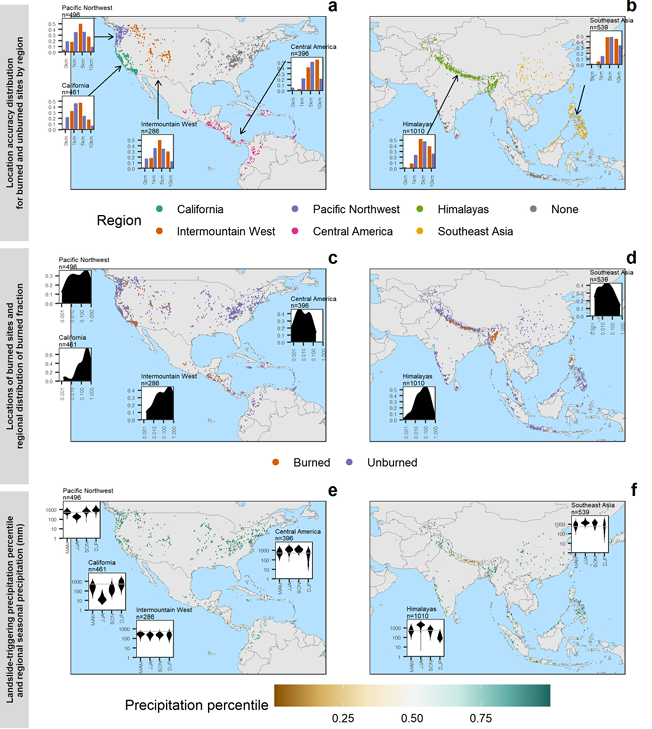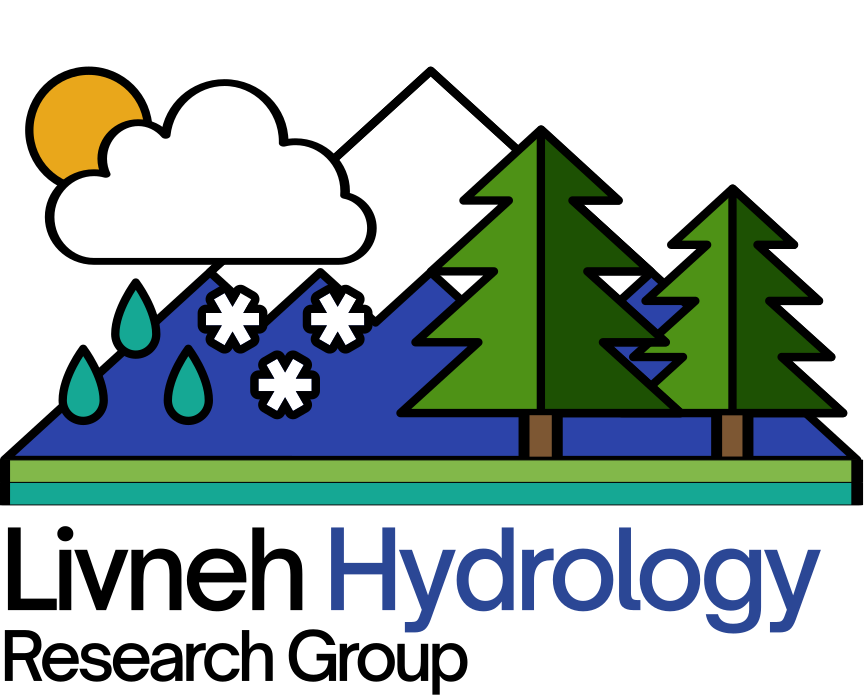
This study evaluates post-wildfire mass movement trigger characteristics by comparing the precipi tation preceding events at both burned and unburned loca tions. Landslide events are selected from the NASA Global Landslide Catalog (GLC). Since this catalog contains events from multiple regions worldwide, it allows a greater degree of inter-region comparison than many more localized cata logs. Fire and precipitation histories for each site are estab lished using Moderate Resolution Imagine Spectroradiome ter (MODIS) Burned Area and Climate Hazards group In fraRed Precipitation with Station data (CHIRPS) precipita tion data, respectively. Analysis of normalized 7d accumu lated precipitation for sites across all regions shows that, globally, mass movements at burned sites are preceded by less precipitation than mass movements without antecedent burn events. An analysis of the seasonality of mass movements at burned and unburned loca tions shows that mass-movement-triggering storms in burned locations tend to exhibit different seasonality from rainfall triggered mass movements in areas undisturbed by recent f ire, with a variety of seasonal shifts ranging from approx imately 6 months in the Pacific Northwest of North America to 1 week in the Himalayan region.
If you use these data, please cite:
Elsa Culler, Ben Livneh, Balaji Rajagopalan, & Kristy Tiampo. (2023). Analysis code: A data-driven evaluation of post-fire landslide susceptibility (v1.0.1). Zenodo. https://doi.org/10.5281/zenodo.7653683
